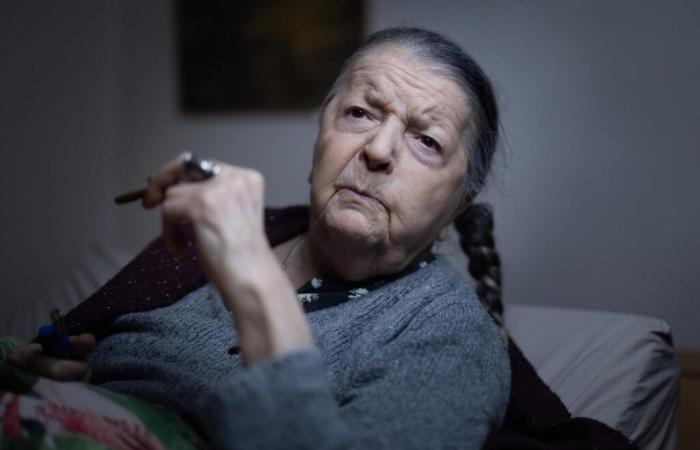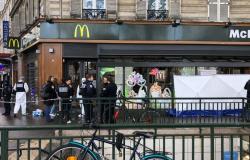She was 18 years old in 1942. Engaged in the Resistance within a group of Francs-tireurs et partisans (FTP), her name was Rainer. Madeleine Riffaud died on the morning of Wednesday, November 6, in her Parisian apartment, at the age of 100, we learned. The World from those around him, confirming information from Humanity. Before being a journalist, war correspondent in Vietnam and Algeria and a recognized poet, she was an emblematic figure of the resistance to the Nazi occupier.
She was born on August 23, 1924 in Arvillers (Somme). The daughter of teachers, she grew up in the lands of Picardy, still marked by the horrors of the First World War. “A real cemetery”, she said. Becoming a student in Paris after the debacle, the young girl wrote poems and joined the Resistance. Member of the faculty combat group, the liaison officer Rainer – alias that she had chosen in reference to the German poet Rainer Maria Rilke – went into armed combat in 1943. Mentioned in the order of the army by Gaulle and the war cross with palms at the Liberation, young Madeleine often volunteered for the most radical and dangerous actions.
A heroine
Although she denies it, Madeleine Riffaud was a heroine. In 1942, during a stay in a sanatorium not far from Grenoble, she encountered the Resistance. She is recovering from tuberculosis in this establishment built in the heart of the Chartreuse massif, directed by Doctor Daniel Douady. “A great guyshe asserted, who went to Pétain to feed his patients and housed a clandestine printing press in the service of the Resistance in the basement of his clinic. » In 1944, in the weeks following the massacre of Oradour-sur-Glane perpetrated on June 10 by the Das Reich division, the general staff of the FTP Resistance launched the slogan, “to each his own”. On July 23, a beautiful summer Sunday, Madeleine killed a German non-commissioned officer on a bridge over the Seine – the Solferino footbridge – in broad daylight. Point blank. Two bullets in the head. “Don’t think it was something funny. Nor something hateful. As Paul Eluard would have said, I had taken up the weapons of pain (…) He fell like a sack of wheat.”she wrote later.
Caught almost in flagrante delicto by a militia leader who was nearby, she was handed over to the Gestapo who locked her up in Rue des Saussaies. There, for three weeks, questioned to give the names of the members of her group, she was tortured but she did not speak. Sentenced to death, she was incarcerated in Fresnes prison (Val-de-Marne), but at the last moment she escaped execution. The SS want to confront her with a French police officer who, a few weeks earlier, was attacked in the Bois de Vincennes where his service weapon was stolen. The same one that was used on July 23 on the Solferino footbridge to kill the German non-commissioned officer.
You have 74.15% of this article left to read. The rest is reserved for subscribers.







